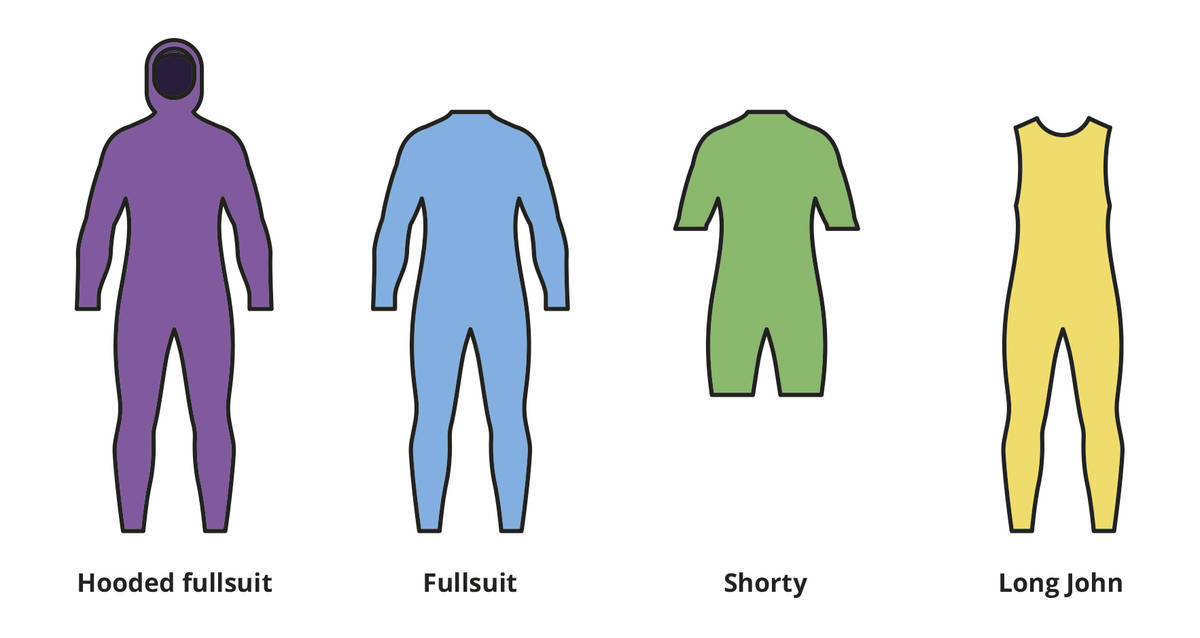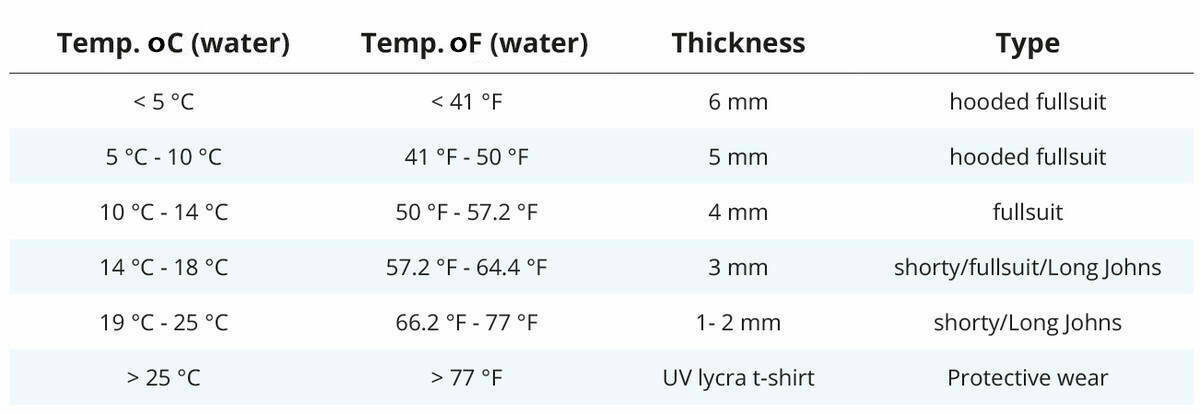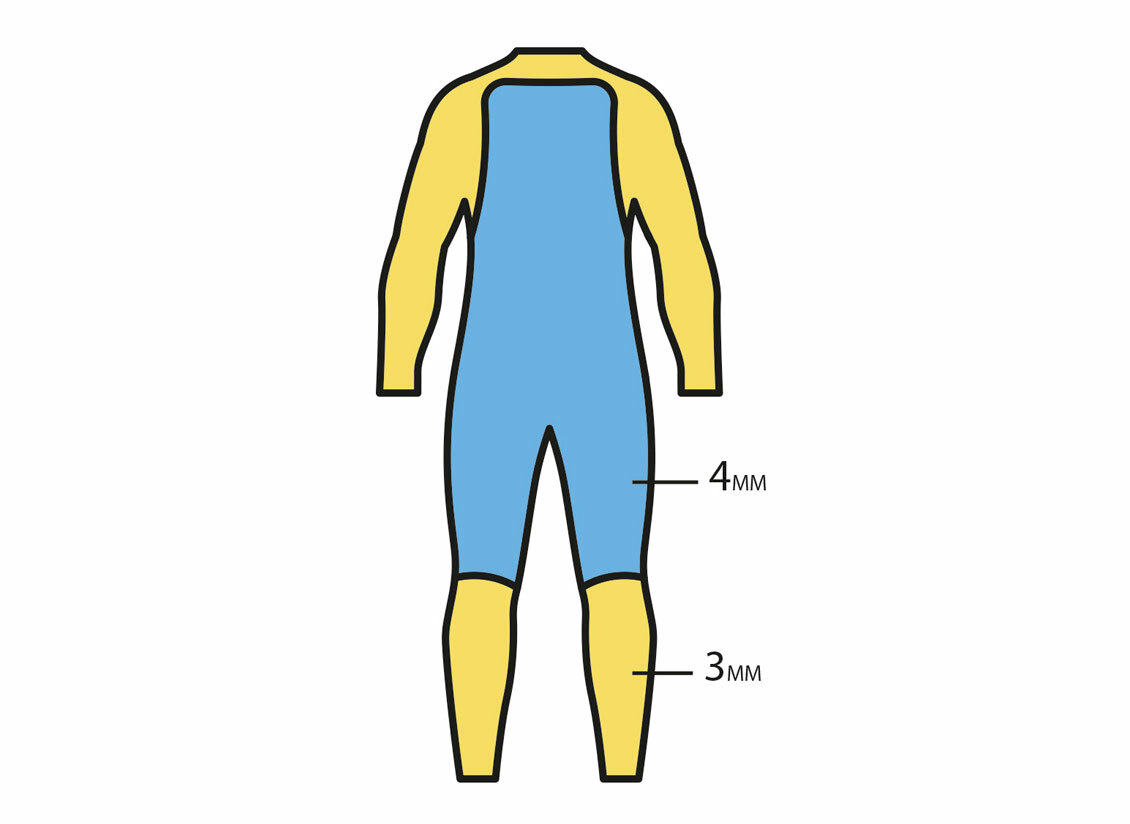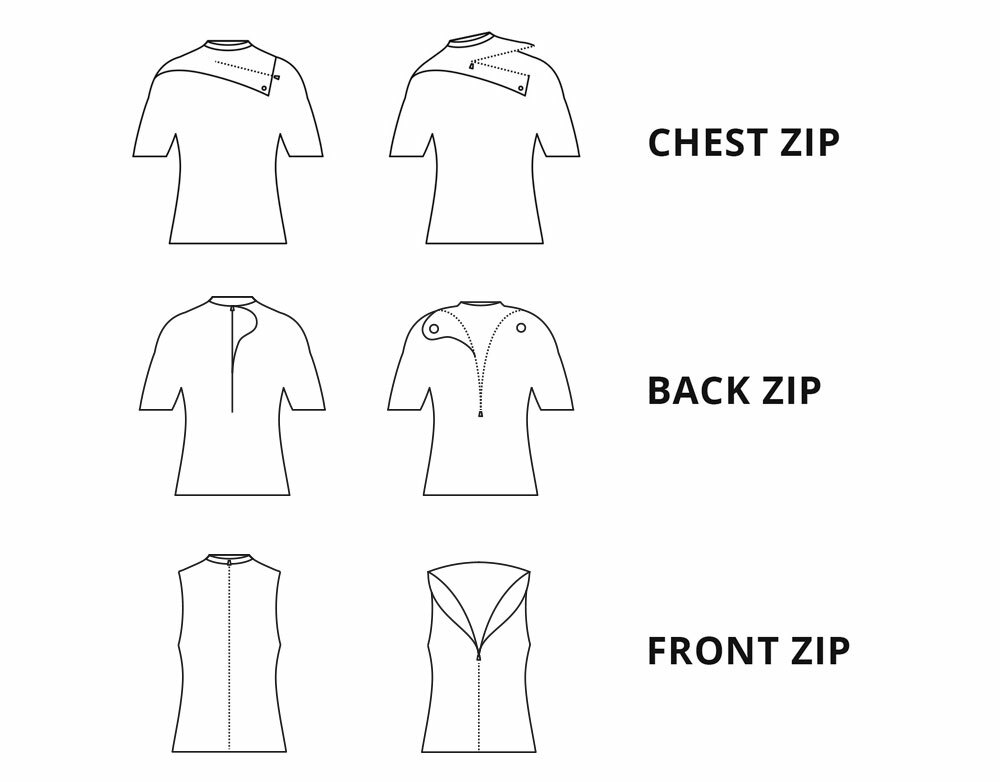Purchasing a Wetsuit
When you're buying either your initial or a subsequent wetsuit, several crucial points should be taken into account, such as:
- the purpose and location of its usage
- thickness
- design
The wetsuit is neoprene attire designed for water sports like surfing, wakeboarding, kitesurfing, etc., and for leisure activities such as tubing, helping you stay warm and comfy. Children's wetsuits are frequently utilised as highly protective layers against sun exposure and in cold water.
It's a common misconception that wetsuits are intended to keep you dry. However, their real function is to capture a thin layer of water, which your body heats.
1. Wetsuit Type and Thickness: Temperature as a Crucial Consideration
Prior to delving into specifics, it's useful to determine your water sport interest. Typically, there are four main wetsuit types—hooded fullsuit, fullsuit, shorty (also referred to as a spring suit), and Long Johns. They can have variations, such as a fullsuit with short sleeves or a shorty with long sleeves.

As keeping warm is the wetsuit's primary function, selecting the style depends significantly on the temperature of the water/air you’ll be in. The chill factor should also be considered.
For instance, wind sports like surfing, kitesurfing, and windsurfing require thicker and thus warmer wetsuits. Nonetheless, they should be both flexible and durable, so opt for a high-quality wetsuit. Wave skimboarding follows a similar pattern. In these activities, it's advisable to initially purchase a full suit and, as a secondary choice, a short-sleeve or long-sleeve shorty.
Conversely, inland surfing usually occurs in warmer, calmer waters, implying a lesser need for substantial suits (e.g., wakeboarding, flatland skimboarding, waterskiing). Here, a shorty (whether long or short-sleeved) is suggested as a first purchase, with a fullsuit for winter or off-season as the subsequent option.
For activities like SUP and kayaking, a Long John is often preferred (sometimes with a windproof layer if necessary) due to the continuous movement of shoulders and arms, which can be somewhat hindered or irritated in a thick fullsuit.
We've put together a table to simplify choosing the appropriate thickness and wetsuit type based on the waters you're active in. Therefore, pre-researching your location is crucial.
Remember, the chart serves as a guide, though choosing a wetsuit also relies on individual needs and preferences. Ultimately, your warmth and comfort are paramount!

2. Understanding Thickness Measurements
The breadth of temperature adaptability depends on factors like activity intensity, ambient temperature, and body weight. Keep these aspects in mind too. The UV Lycra mentioned for the warmest climates is a specialised sunscreen t-shirt serving as sun protection.
The neoprene thickness isn't always denoted by a single number. But how do two (or sometimes three) numbers separated by a slash represent this?
The initial number denotes neoprene thickness at the torso/hip area, while the subsequent number explains its thickness at your arms and legs. When three numbers are present, the first is for the torso, the second for the legs, and the third for the arms. For instance, 4/3 mm signifies 4 millimetres at the torso and 3 millimetres at the limbs. A 4/3/2 mm wetsuit translates to 4 mm at the torso, 3 mm at the legs, and 2 mm on the arms. This configuration helps maintain core temperature comfort while allowing arm and leg mobility.

3. Size and Design: Significant Considerations
Size
Choosing a correctly fitting wetsuit is crucial because a snug and close fit, without being uncomfortable, offers better insulation. A well-fitting wetsuit should act like a second skin while retaining a thin water layer between you and the suit (but not tight enough to impede blood circulation). To test the fit before entering water, lift your arms overhead and stretch. It should slightly hinder but not completely restrict such movements. Try a few squats and paddles with raised arms—if doable, the fit is likely correct.
It should always feel snug around the neck (without causing choking) since this is an easy point for water ingress.
Wetsuits are available in standard sizes—XS, S, M, L, XL, XXL, or their UK size equivalents—4, 5, 8, 10, 12, 14. The only potential 'catch' is encountering an 'S' or 'T' after the size, indicating short or tall variations of the standard size, such as ST for size small/tall.
Design (Zips and Seaming)

As previously noted, the amount of water ingress through the neck area is influenced by design features. Zip types and seaming are significant in affecting water entry and exit levels. The less water movement, the more advantageous.
Chest zips are superior for minimising water ingress as they restrict water entry/exit, making them warmer, though they are a comparatively newer design;
Back zips offer easier water and individual entry, which might feel cooler. While older than chest designs, back zips allow easier access and are more economically priced;
Front zips facilitate convenient access for both user and water, typically resulting in a cooler sensation compared to other designs.
The role of seaming is also pivotal in maintaining warmth and inhibiting water infiltration.
Flatlock stitching involves the external and internal stitching of neoprene panels.
Sealed refers to blind-stitched and glued panels to prevent water entry, necessary for colder conditions.
Sealed and taped involves an additional tape layer over glued seams internally to retain warmth.
4. Characteristics of a Quality Wetsuit
As with any product, neoprene varies in quality. Superior neoprene retains substantial air, enhancing insulation and warmth. It should also be robust and flexible.
Essentially, an ideal wetsuit limits water passage, fits snugly to ensure insulation, and embodies flexibility and durability. Typically, higher flexibility suggests reduced durability, yet a high-quality wetsuit balances both. Top-tier wetsuits usually exhibit reduced thickness yet maintain durability, with increased stretch and comfort while preserving the insulation efficiency of thicker versions owing to superior neoprene quality.
Prepared for the Water?
In Summary:
- Consider the nature of the sport and location of practice
- Account for the water temperature
- Determine the right size
- Select an appropriate design
And last but not least—enjoy the experience!
